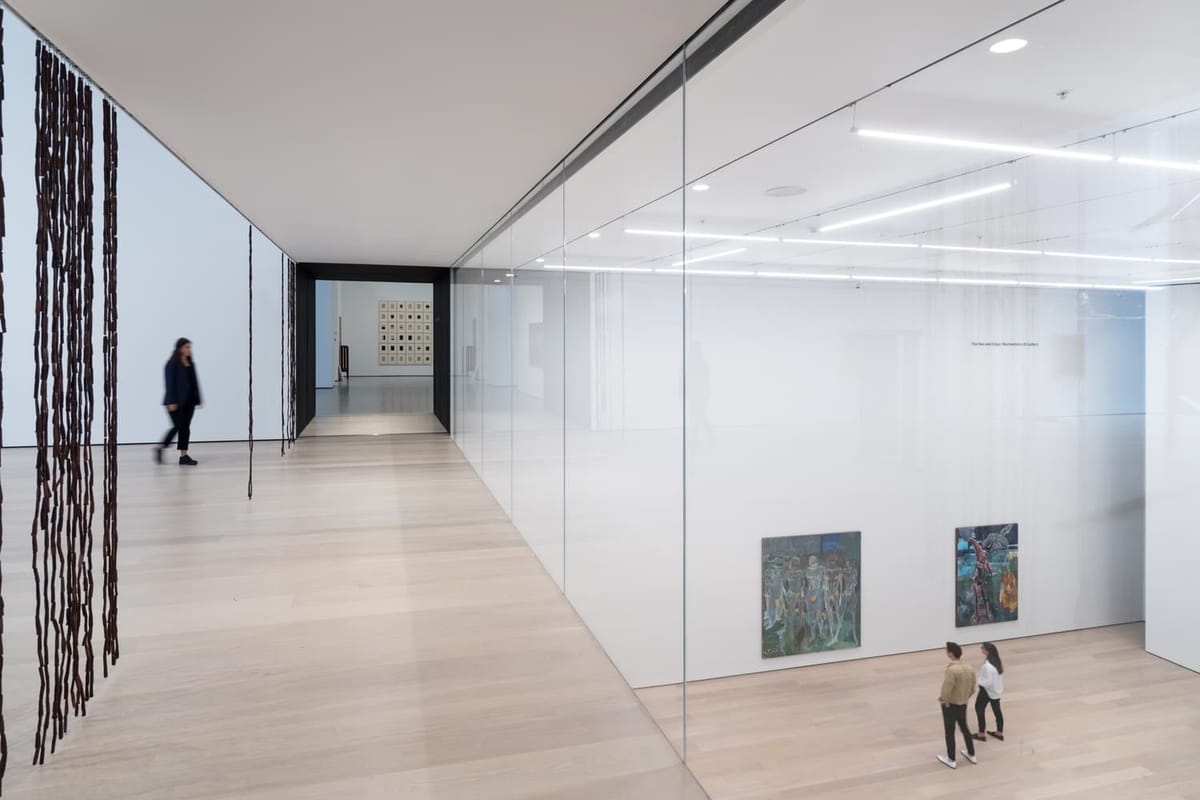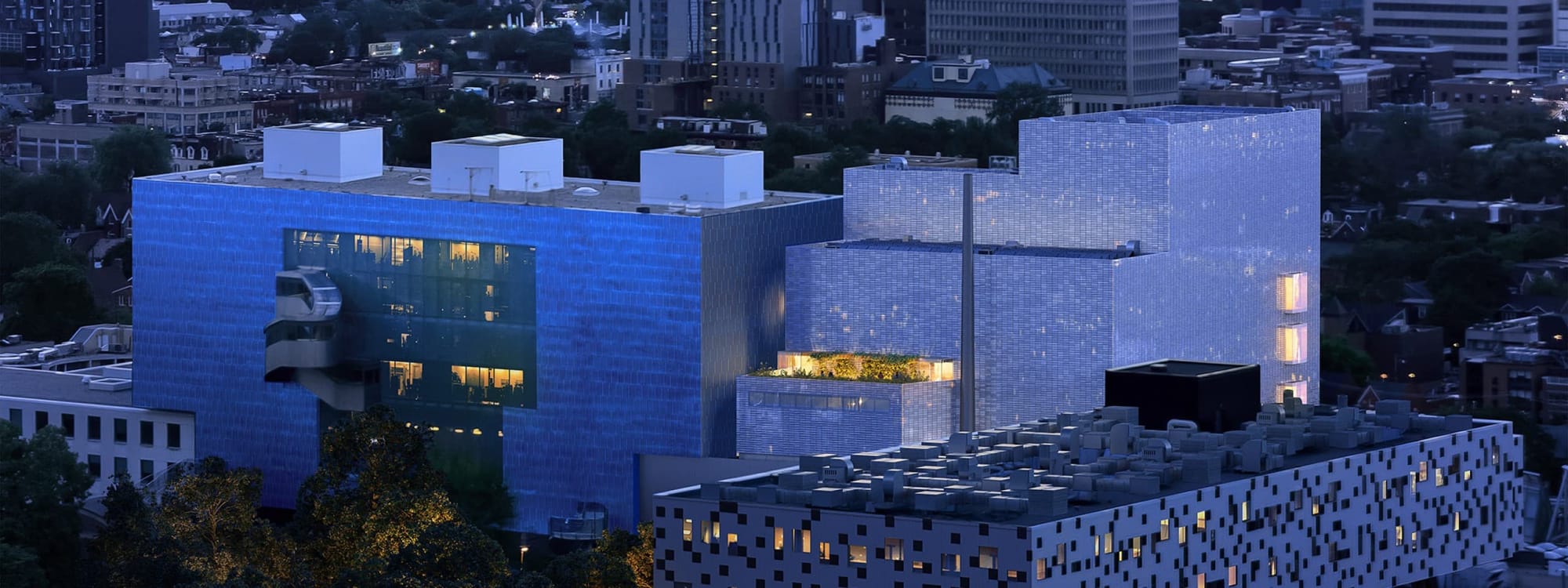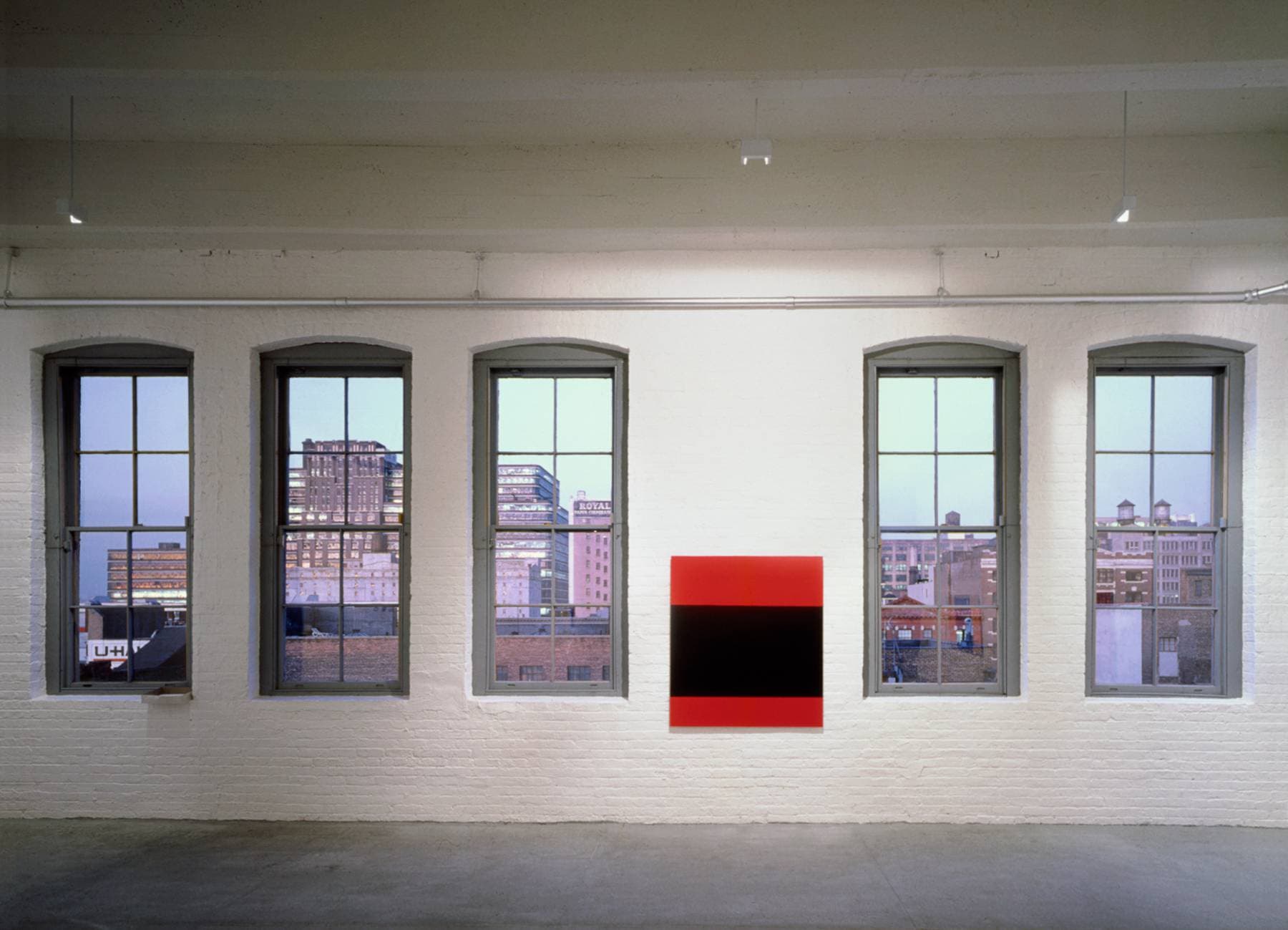If You Build It, They Will Come
In a new book, architects talk in depth about the museums they’ve designed

Hi everyone,
I’m back from an invigorating trip to New York. Thanks for your warm wishes and recommendations! This week’s issue focuses on a wonderful new book of interviews with architects known for designing museums.
I checked online, and if you pass on the basic model of this year’s iPhone Pro you can subscribe to Frontier Magazine for twenty-four years and two months. And it’s better for the environment! Just open this email online and find a big green subscribe button.
Trying my best,
Brian
🔗 Good links
- 👀🏢 Buildings that caught my eye: Powerhouse Company’s solid-wood building for Tilburg University; Moriyama Teshima and Bélanger Salach’s steel-clad Place des Arts du Grand Sudbury; Arcke’s elevated multigenerational family home in suburban Brisbane; and Ids/R’s rowhouse renovation in Astoria, my first New York neighborhood
- ♻️🏭 Hannah Ritche with “some reasoning why [she] thinks systemic versus individual change is the wrong framing” for making climate progress
- 🚿🔌 If her 28-minute Frontier Magazine podcast interview was too long, here’s Deb Chachra’s 13-minute TED talk about “the invisible networks shaping your everyday life”
- 💻🪑 Chenoe Hart notes that “server racks are everywhere.” Why not turn them into furniture?
- 🚗👎🏻 Hamilton Nolan on the disaster of cars: “the more space that we dedicate to getting there, the less space there is for where you are trying to get.”
If You Build It, They Will Come

On Tuesday, three North American museums shared significant news in quick succession. In New York, the Museum of Modern Art revealed that its longtime director, Glenn Lowry, will retire next year. Meanwhile, the Art Gallery of Ontario appointed John Zeppetelli as curator of modern and contemporary art. Lastly, the Art Institute of Chicago announced a $75 million gift from Aaron I. Fleschman and Lin Lougheed.
What unites these press releases is an emphasis on the museums’ expansions. The first accomplishment listed in the New York Times article about Lowry’s impending departure is that he “oversaw two major renovations” (and that’s after he’s been praised for being “comfortable talking to real estate moguls”). Zeppetelli’s hiring answers a question many in Toronto have been asking: who will lead the department for which the museum is creating a new, five-floor, 40,000-square-foot gallery, set to open in 2027? And the Chicago donation, spotlighted as “the single largest naming gift in the Art Institute’s history”—accelerates the master-planning work by Spanish architecture firm Barozzi Veiga, in progress since 2019, and will create a building that effectively supplants Renzo Piano’s 2009 expansion.
The word naming in the Chicago announcement is key. As critic and historian Julian Rose dryly notes in the introduction to Building Culture (buy in the US or Canada), his scintillating anthology of interviews with architects known for designing museums, “new buildings remain the most efficient way for institutions to extract wealth from their donors.” The other reason museums “continue to renovate, expand, and rebuild at a brisk pace”—“political pressure from various constituencies … to expand, reorganize, and reframe their collections”—gives museum directors even more incentive to lead their institutions through significant change.
Rose’s book includes searching, thoughtful conversations with sixteen figures brought in to give these developments built form. Annabelle Selldorf, who is leading that AGO expansion, is included, as is Elizabeth Diller, whose firm Diller Scofidio + Renfro oversaw the second of Lowry’s two expansions at MOMA. Renzo Piano, Frank Gehry, David Chipperfield, Jacques Herzog—all of them seem to have given Rose a significant amount of time, and he’s repaid the courtesy by arriving to these conversations well-versed in their work and biographies.

As a onetime editor at Artforum and a practitioner, Rose also brings his own interests and opinions. Throughout the book, he returns repeatedly to his subjects’ encounters with artists early in their lives; how the collapse of modernist ideals led to a period of intellectual and stylistic uncertainty from, say, the late 1960s to the late ’80s; and how contemporary art can take any form, the challenges of designing for that unpredictability, and the related bugbear of “flexibility” as connoted by large, column-free spans. He’s good at making sure his interlocutors answer questions concretely, repeatedly following up to say, “how does this idea translate into your architecture?”
The most inspiring response, to me, happens to also be one of the more detailed. Walter Hood, founder of the “social art and design practice” Hood Design Studio, describes at length the challenges and opportunities in reworking the Oakland Museum of California, a brutalist building by Kevin Roche and John Dinkeloo that opened in 1969. “Why do some brutalist structures work and others don’t?” Hood asks, before pointing out that the original was delayed by a year due to social unrest—Black Panther leader Huey P. Newton is at that time “on trial at the Alameda County Courthouse across the street.” White flight, a lack of resources to maintain and program the building, and more caused the museum to “atrophy.” While giving credit to current museum director Lori Fogarty, Hood goes on to detail how he worked to “break the box”—punch new openings into the building—and then rearrange the surrounding landscape to draw more people in.
When you talk to architects at length, you get more than project recaps. Here’s Richard Gluckman, in an appealingly modest way, discussing his collaborations with leading conceptual and land artists. Here’s Frank Gehry, prickly almost to the point of defensiveness, lamenting his lack of museum projects despite the “Bilbao effect.” Here’s Denise Scott Brown eager, late in life, to return to memories of her South African childhood. Here’s a fistful of others dismissing postmodern theorists like Deleuze and Guattari as irrelevant to their own practices.
It also becomes clear how small the circle is. Selldorf is renovating a building by Denise Scott Brown and worked, early in her career, for Gluckman. Shohei Shigematsu is overseeing an expansion of New York’s New Museum sited next door to the 2007 building by Kazuyo Sejima, whose interview appears thirty pages earlier. Hood collaborated with Herzog & de Meuron on the de Young Museum in San Francisco. Even architects on the other side of the globe are paying close attention: Liu Yichun cites Herzog’s Eberswalde Technical School Library as an inspiration for his Artron Arts Center in Shanghai.

Rose is confident in the museum’s ongoing relevance, and the value architects bring to conversations about their growth and their relationship to their communities and environs. This is partly because, in an era of constant value engineering, museums “cannot be optimized”; they “create value in a fundamentally different way” to other building types forced toward the lowest common denominator by economics. That makes sense to me, though I worry that space of relative freedom for architects is shrinking rapidly. And I long for the day when museum leaders recognize those twin pressures—donor dollars and the need to rethink what they offer—need not always result in growth, growth, growth. Until they do, Rose is right to say that these forces make the role of the architect “more centrally important.” For that reason, I’m glad he’s gathered this rich and rewarding series of conversations. But I’m still waiting for a museum to announce an eight-figure gift for maintenance, operations, or programming—with no names, either donor or architect, attached. Maybe next week.
A small disclaimer: though I wrote for Artforum during Rose’s tenure as senior editor of the magazine, we never worked together.
More on art museums from the Frontier Magazine archives
- A review of two books about the Metropolitan Museum of Art, one by its executive director and one by a longtime gallery guard
- On continuity and change at art museums, through the lens of renovations and collection rehangs at three London institutions
- Interviews with curator Dan Leers, historian and critic Caroline A. Jones, and curator and educator Gerald McMaster





